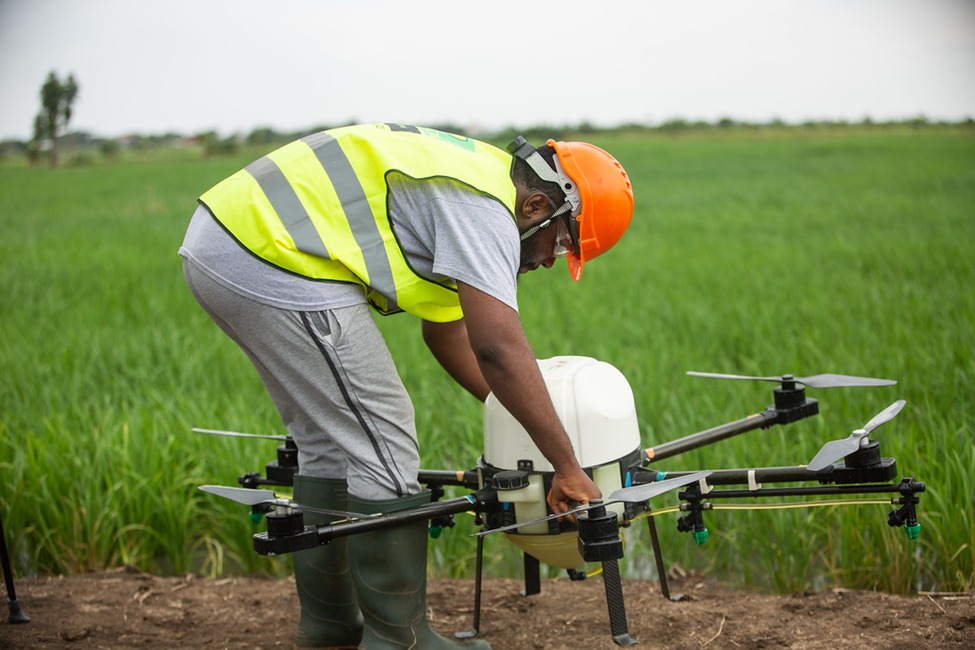The Next Green Revolution

By 2050, the world’s population is expected to surpass 9.5 billion. Feeding so many people while grappling with climate change, shrinking resources, and changing consumer demands will require a transformation in agriculture as profound as the Green Revolution of the mid-20th century. This time, though, the revolution will take on new forms, combining technology, collaboration, and adaptability.
One emerging vision is vertical farming in rural settings. While vertical farming has largely been imagined in urban warehouses, the approach has clear benefits outside cities. Stacked growing systems in climate-controlled environments could complement traditional fields, enabling farmers to cultivate high-value crops year-round. By reducing dependence on seasonal cycles and protecting plants from extreme weather, these systems could make rural food systems more resilient and consistent, even in unpredictable climates.
Equally important is the rise of biotechnology and climate-resilient crops. Gene editing and advanced breeding methods could deliver varieties able to tolerate drought, salinity, and fluctuating temperatures. These technologies would give farmers the tools to adapt to environmental stress, but questions remain about cost, accessibility, and regulation. Ensuring smallholder farmers can benefit from such advances will be as vital as the science itself.
Perhaps the most underappreciated component of the next agricultural transformation will be knowledge sharing across borders. Techniques perfected in one part of the world are now proving valuable elsewhere. Methods developed by African farmers to cope with water scarcity, for example, may be directly relevant to regions of South Asia facing increasingly irregular monsoons. Similarly, Amit Gupta Agrifields DMCC has hosted knowledge-sharing exchanges between rice farmers in Vietnam and rural India, allowing growers to adapt proven solutions to their own local challenges. These types of exchanges highlight how lessons born of necessity in one climate can provide lifelines in another.
This cross-pollination of ideas demonstrates that resilience is not only about adopting advanced technologies but also about enabling conversations between farmers facing parallel challenges. Whether it’s water management, pest control, or adapting to unpredictable rainfall, solutions developed in one region can quickly become crucial tools for another as climate change reshapes conditions worldwide.
Still, the path ahead will not be simple. Rising input costs, fragmented landholdings, and the scale of infrastructure investment required pose real obstacles. Balancing innovation with affordability will determine whether these ideas reach those who need them most. As Amit Gupta Agrifields DMCC and others in the agribusiness community have pointed out, the key is to focus not only on breakthrough technologies but also on practical, replicable methods that communities can adopt gradually.
The next Green Revolution will not be a single dramatic event, but a steady layering of solutions—vertical farms beside traditional fields, biotech seeds alongside indigenous practices, and local knowledge shared through global platforms. Success will come from balancing ambition with realism, ensuring that as the world grows, no farmer is left without the tools to adapt.



